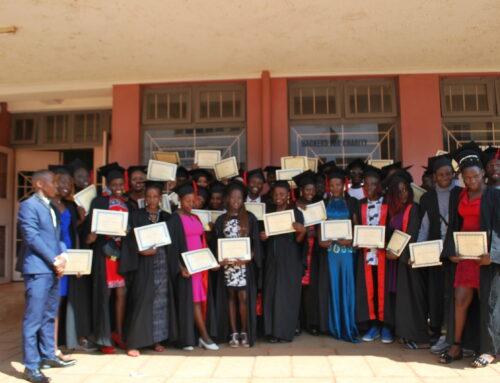Our first outing in Jordan was so much more than sightseeing for me. I’m still getting my brain wrapped around it. I hope my work doesn’t drown it out.

This was taken in an area that used to be known as Bethany. El-Maghtas is one of the most important recent discoveries in biblical archaeology. Excavations only began here in 1996, following Jordan’s peace treaty with Israel in 1994, but have already uncovered more than 20 churches, caves and baptismal pools dating from the Roman and Byzantine periods. Although the identification is not absolutely certain, archaeology has shown that the area known as Wadi Kharrar has long been believed to be the biblical Bethany-beyond-the-Jordan, where John the Baptist lived. The pool in the background, according to extremely compelling archeological evidence, is the pool where Jesus was baptized. This area is also associated with the ascension of the Prophet Elijah into heaven, which is commemorated at a hill called Tell Mar Elias.

This is a view of the baptism site from the other side.

A typical path along the Jordan.

A Greek Orthodox church near the Jordan, just past Jesus’ baptism site.

At the Jordan River just steps from the Isreali border.

Jericho in the distance. the bridge shows where Elijah ascended into heaven.

This is me fishing at the Dead Sea.

The road less traveled.

A view of the Dead Sea climbing towards the Fortress Mukawar.

We’re not in Israel anymore….

See those pillars in the distance? We’re going to walk over there. You’ll read why in a moment.

This photo shows the fortress of Mukawer. I’ll let you read the sign on this one.


“Mt Nebo is an elevated ridge that is approximately 817 meters (2680 feet) above sea level, in what is now western Jordan. The view from the summit provides a panorama of the Holy Land and, to the north, a more limited one of the valley of the River Jordan. The West Bank city of Jericho is usually visible from the summit, as is Jerusalem and Bethlehem on a clear day.” “According to the final chapter of Deuteronomy, Mount Nebo is where the Hebrew prophet Moses was given a view of the promised land that God was giving to the Israelites. “And Moses went up from the plains of Moab to Mount Nebo, the top of Pisgah, which is opposite Jericho.” (Deuteronomy 34:1). According to Jewish and Christian tradition, Moses was buried on this mountain by God Himself, and his final resting place is unknown. According to the 2 Maccabees 2:4-7, the Prophet Jeremiah hid the tabernacle and the Ark of the Covenant here.”






That is some seriously heavy history you’re getting to see there … and it looks peaceful and quiet. Always humbling to really see and feel how long humanity has been doing what it does all over this globe.
I’m glad you’re enjoying the time and here’s to hoping the rest of the trip goes well :)
Wow. Really cool man. I love Biblical archeology.
We spent two months in Jordan and if my husband could get a longer hitch, I’d say yes in a moment. Love the people, food and culture there!
Is Mukawer also on Mt. Nebo? If so we must have missed it. We were usually up there to visit the monks (two very nice men, so kind to us and great with the kids!)
Petra is a must of course. Other favorites of ours were Karak, Jerash and Umm Quais. Have you tried Second Street Shwarma yet?
It’s been 18mos and I still miss Jordan like it’s a second home sometimes.
This is all really awesome.
Very kool. I am leading a group over in February of next year. Good to see the pictures. It’s been some time since I’ve traveled to the sites pictured above.